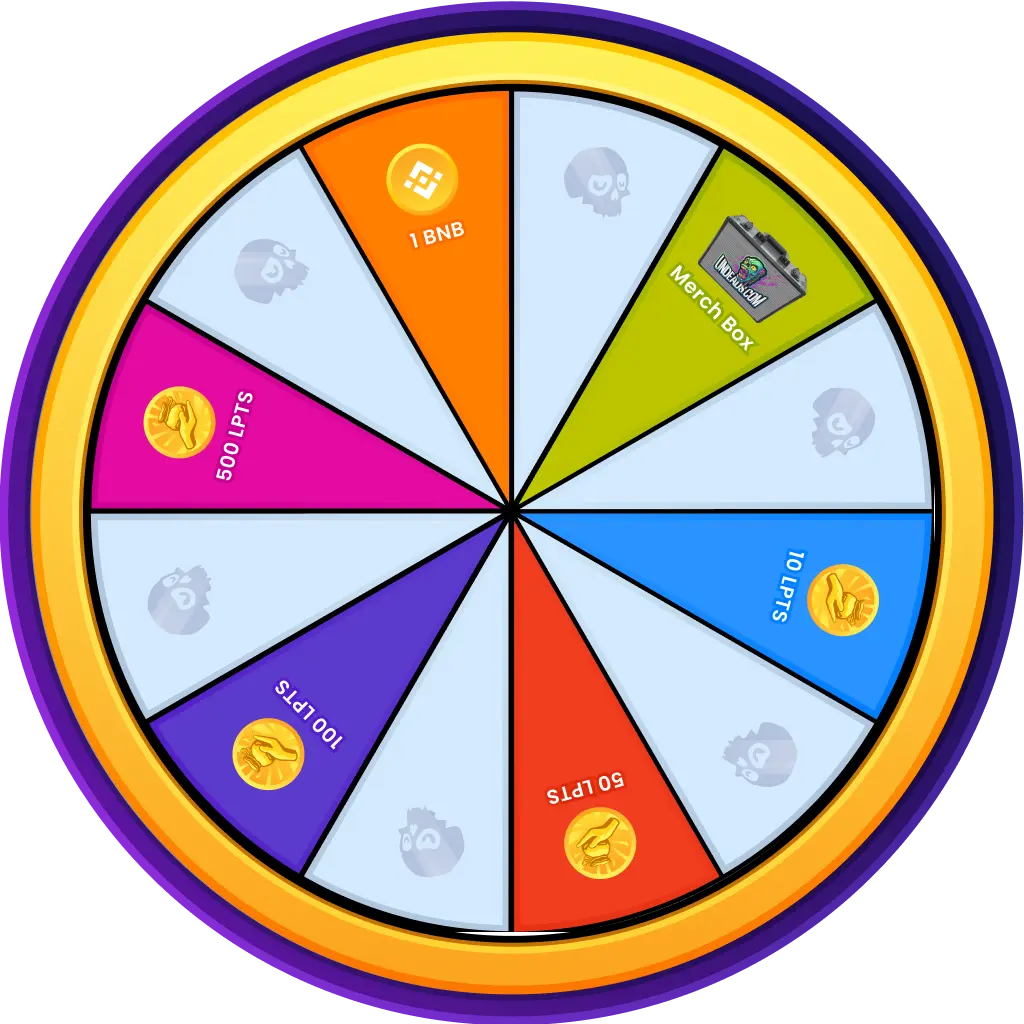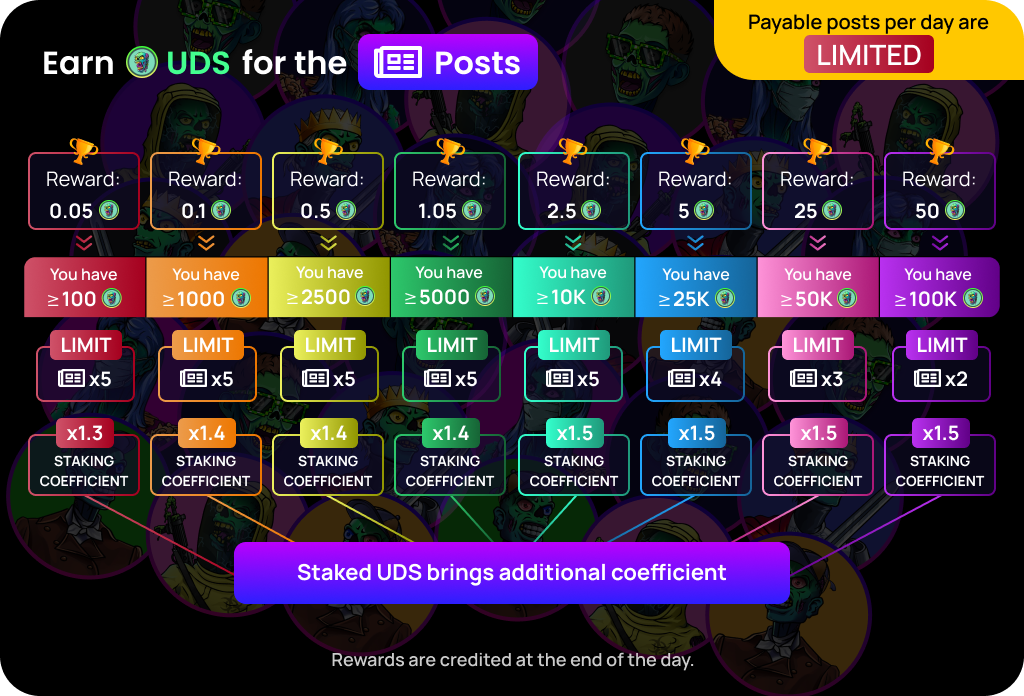Understanding Tokenomics- Short Guide to Crypto Investment
-
Everyone dreams of finding that 100x crypto gem, but if you want to have a fighting chance beyond just buying random coins and praying that one hits, there’s one thing you need to do: master tokenomics. Tokenomics is the key to a crypto project’s price performance, and nearly every 100x crypto gem in history has had great tokenomics. This guide will teach you tokenomics from top to bottom, making you a savvier investor.
What is Tokenomics?
Tokenomics refers to the economic structure and financial model behind a cryptocurrency. It encompasses everything from supply and demand dynamics to token distribution and utility. Understanding these factors can give you a significant edge in identifying potential high-reward investments.Supply and Demand
At its core, tokenomics boils down to two things: supply and demand. These two elements have a massive impact on a token's price. Even if a project has the best tech and marketing, it may not translate into great price performance unless it also has solid tokenomics.
Supply-Side Tokenomics
Supply-side tokenomics involves factors that control a cryptocurrency's supply. There are three types of supplies, but for the purposes of finding 100x gems, we focus on two: maximum supply and circulating supply.
Maximum Supply: This is the maximum number of coins that can ever exist for a particular project. For example, Bitcoin has a maximum supply of 21 million, which means there will never be more than 21 million Bitcoins in existence.
Circulating Supply: This is the amount of coins that are circulating in the open markets and are readily tradable. Websites like CoinMarketCap or CoinGecko can provide these values for most crypto projects.
Example: Bitcoin has a maximum supply of 21 million, making it a highly sought-after asset, especially in countries with high inflation. In contrast, Solana has a circulating supply of over 400 million but a maximum supply of infinity due to inflation, where the supply increases forever as the network creates more coins to reward miners or validators.
Inflation and Deflation
Inflation: Some projects have constant token inflation, where the supply goes up forever. While we generally prefer not to have inflation in tokenomics, some inflationary coins perform well as long as the inflation is reasonable. To determine if inflation is reasonable, convert the yearly inflation percentage to a daily dollar amount and compare it to market demand.
Deflation: Some projects have deflationary mechanisms where tokens are removed from circulation through methods like token burns. For example, Ethereum burns a part of the gas fee with every transaction, potentially making it net deflationary.
Rule of Thumb: Prefer projects with deflationary tokenomics or a maximum supply. Some inflation is okay if it’s reasonable and supported by market demand.
Market Cap
Market cap is another critical factor, defined as circulating supply multiplied by price. To find coins with 10x or even 100x potential, look for ones with lower market caps. For instance, a cryptocurrency with a market cap under $100 million, or even under $50 or $10 million, offers more upside potential but also carries more risk.
Example: Binance Coin (BNB) has a market cap of around $168 billion 1200 USD at the time of writing). For a 10x gain, it would need to reach a $1.6 trillion market cap, which is highly unlikely anytime soon. Hence, smaller projects with lower market caps are preferable.
Unit Bias
The price of the token can affect its performance due to unit bias, where investors prefer to own a large number of tokens rather than a fraction of a more expensive one. This psychological phenomenon makes smaller unit prices preferable for 100x gems, assuming all else is equal.
Fully Diluted Value (FDV)
FDV is calculated as maximum supply times price. Be cautious of projects with a large difference between their market cap and FDV, as it indicates potential future dilution. A good rule of thumb is to look for an FDV of less than 10x the current market cap.
Trading Volume
High trading volume relative to market cap ensures that the market cap number is reliable. A volume-to-market-cap ratio above 0,001 is decent.
Initial and Current Distribution
Initial Distribution: Check how widely the tokens were initially distributed. Avoid projects where a significant percentage of tokens are held by founders or venture capitalists.
Current Distribution: Use tools like Etherscan to analyze the current distribution of tokens. Look for a large number of unique holders and a low percentage held by the top 100 holders.
Vesting Schedule: Analyze the vesting schedule to understand when team or investor tokens will be unlocked, as these can impact the token's price.
Demand-Side Tokenomics
Demand-side tokenomics refers to factors that drive demand for a token, such as its utility and financial incentives.
Token Utility
The primary driver of demand is a token’s utility. Strong utilities include:
Paying for gas fees on a network
Holding to access a protocol
Getting discounts on trading fees
Governance tokens generally lack strong utility unless they are actively used and valued by the community.Financial Incentives
Staking rewards and profit-sharing models, like those offered by GMX, incentivize holding tokens long-term. Sustainable financial incentives drive demand.
Growth and Marketing Allocation
Allocations for growth initiatives, such as influencer marketing, community rewards, or airdrops, help generate demand indirectly. Look for projects with healthy allocations for growth and marketing.
Conclusion
Tokenomics is the most crucial factor in analyzing and finding potential 100x crypto gems. However, other aspects like the underlying technology, marketing, and community also play significant roles. Combining a thorough understanding of tokenomics with broader fundamental analysis will enhance your investment decisions.

















